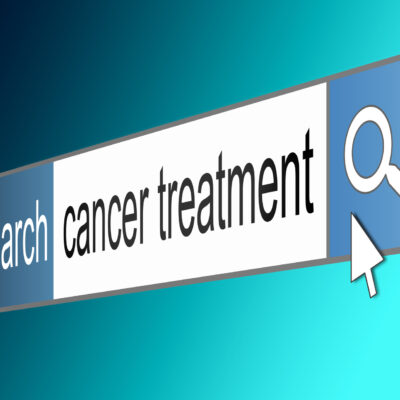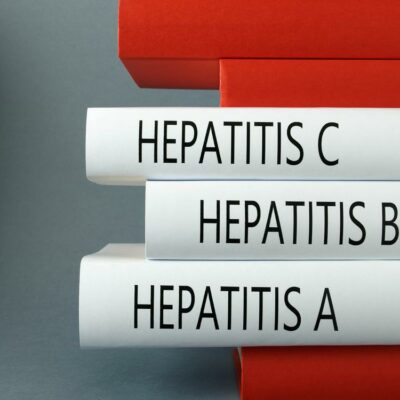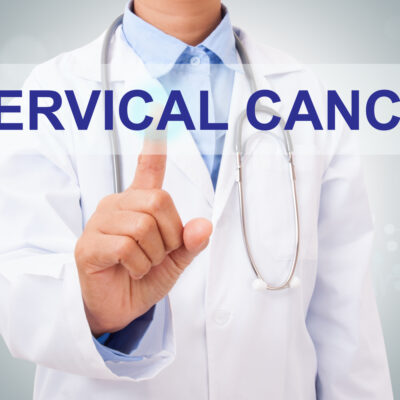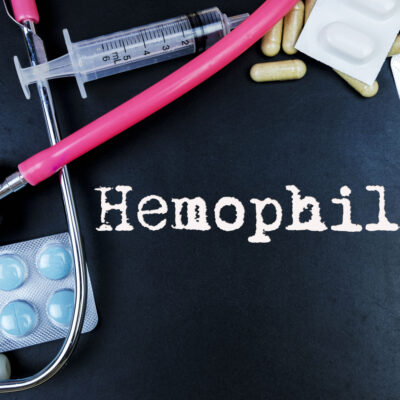
General Health
Arthritis Types and Treatments
When people hear of arthritis, they immediately think of debilitating joint pain that impacts their entire lifestyle. What they don’t know is that that there are more than 100 different types of arthritis, each of them affecting patients differently. Arthritis refers to the inflammation of the joints and the surrounding tissues as well as other connective tissues. This inflammation often results in debilitating pain, joint stiffness, as well as reduced quality of life due to limited joint functionality. The good news, however, is that it is possible to prevent irreversible damage if diagnosed early enough. As noted earlier, there are over 100 types of arthritis. The most common however are as follows: 1. Osteoarthritis Also known as degenerative arthritis or OA, osteoarthritis is the most common type of arthritis, affecting over 27 million people in the US alone. It often affects the knees, hips, lower back, hand joints, and even the neck. It develops when the protective cartilage found in your joints wears out, causing your bones to rub directly over each other. This repeated rubbing causes inflammation resulting in debilitating pain, swelling and even spur formation. In most cases, this type of arthritis comes with age but can also be as a result of obesity, as the excess weight tends to cause extra stress to your joints or previous injuries.
Read More 















